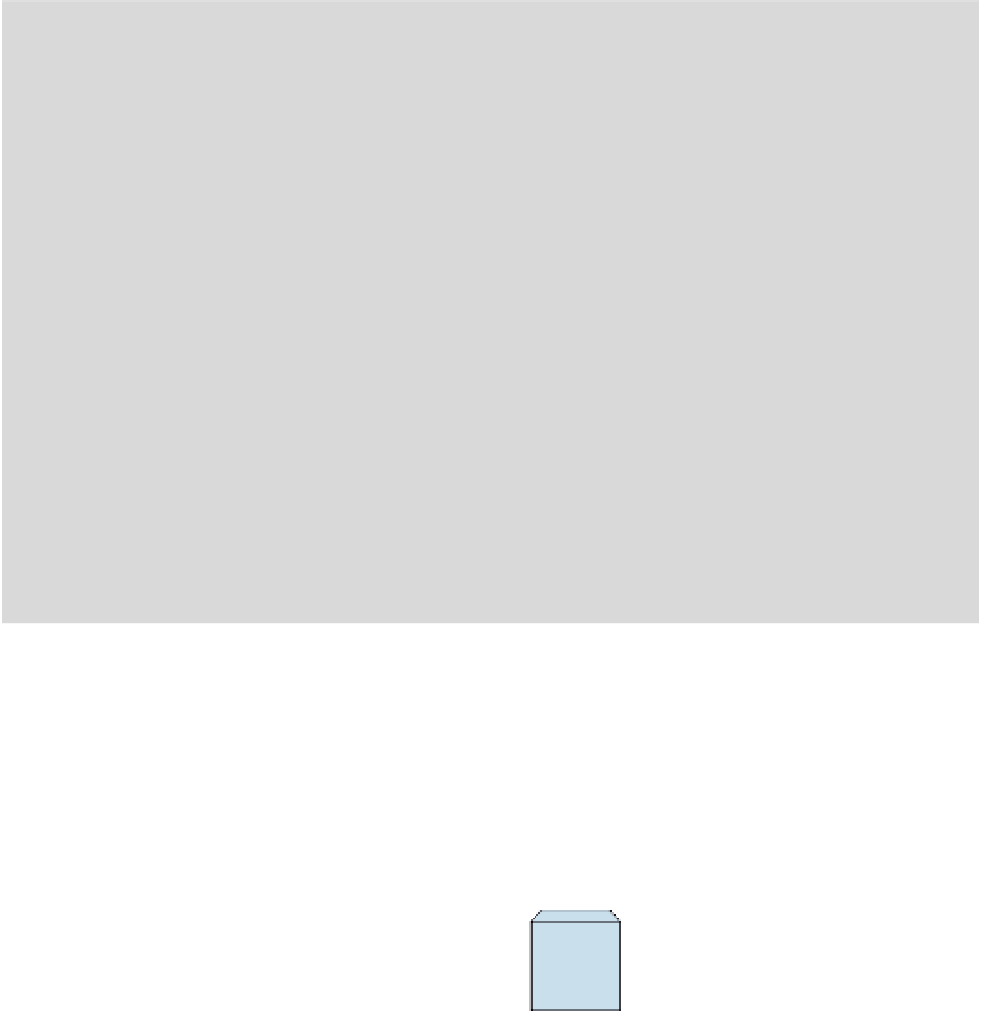Biomedical Engineering Reference
In-Depth Information
To determine the initial conditions for the second derivative, we take the derivative of
Eq. (7.91) and set
t
¼
0, giving
q
1
ð
0
Þ¼
2
:
5
q
1
ð
0
Þþ
1
:
5
q
2
ð
0
Þ¼
79
:
5
q
2
ð
q
1
ð
q
2
ð
q
3
ð
0
Þ¼
2
0
Þ
2
:
8
0
Þþ
0
:
4
0
Þ¼
113
:
6
q
3
ð
0
Þ¼
1
:
3
q
2
ð
0
Þ
0
:
4
q
3
ð
0
Þ¼
41
:
6
Solution details are provided for
q
1
here, and a final solution for
q
2
and
q
3
. Using the initial con-
ditions, we solve for
B
1
,
B
2
and
B
3
from
q
1
ð
0
Þ¼
0
¼
B
1
þ
B
2
þ
B
3
q
1
ð
0
Þ¼
15
¼
4
:
46
B
1
1
:
18
B
2
0
:
06
B
3
q
1
ð
0
Þ¼
79
:
5
¼
19
:
9
B
1
þ
1
:
4
B
2
þ
0
:
0036
B
3
giving
B
1
¼
4
:
219,
B
2
¼
3
:
1818, and
B
3
¼
1
:
0372
:
Therefore,
u
ð
t
Þ
e
4:46
t
þ
e
1:18
t
þ
e
0:06
t
q
1
¼
4
:
219
3
:
1818
1
:
0372
We repeat this process for
q
2
and
q
3
, yielding
u
ð
t
Þ
e
4:46
t
þ
e
1:18
t
þ
e
0:06
t
q
2
¼
5
:
51
2
:
8179
1
:
6721
u
ð
t
Þ
e
4:46
t
e
1:18
t
þ
e
0:06
t
q
3
¼
1
:
762
4
:
6849
6
:
4469
7.7.2 The Unilateral Three-Compartment Model
A unilateral three-compartment model is shown in Figure 7.22, which is characterized by
a closed loop of connected compartments, whereby the solute circulates around the loop in
one direction only. Each compartment can have an input and an output to the environment.
f
1
(t)
f
2
(t)
K
10
K
12
K
20
q
1
q
2
f
3
(t)
K
31
K
23
q
3
K
30
FIGURE 7.22
A unilateral three-compartment model.



















